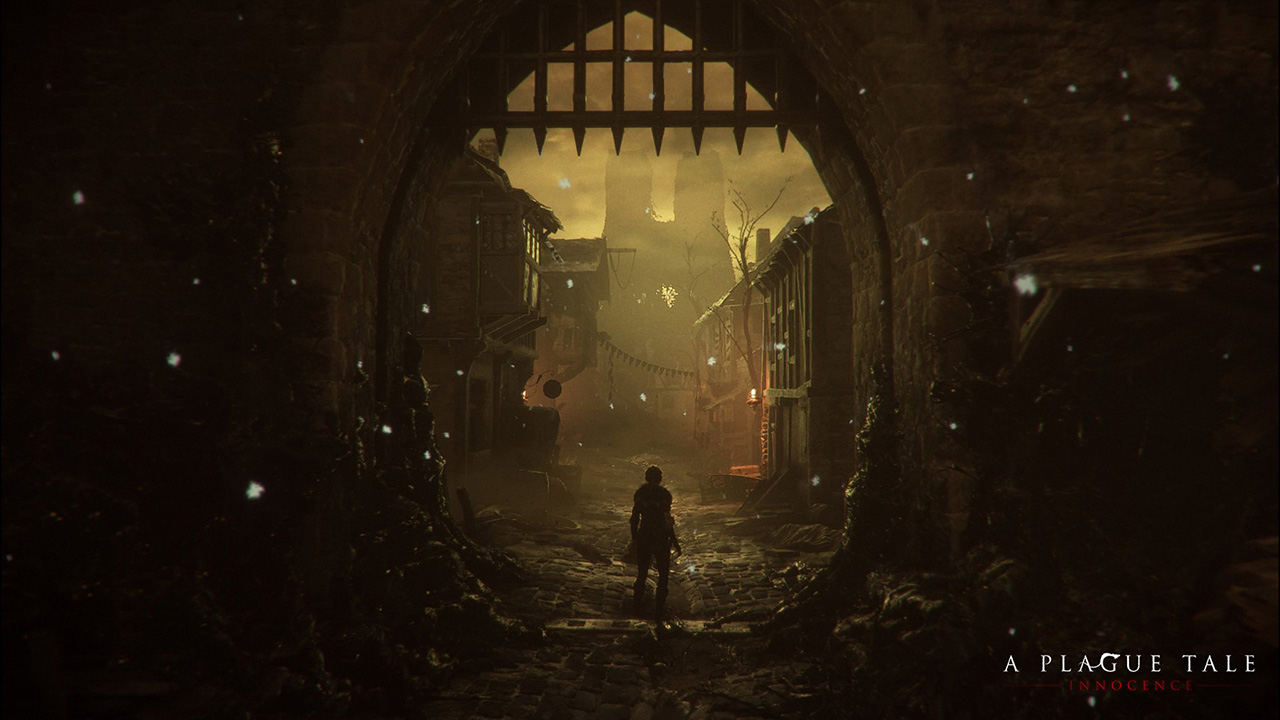- 2011 - A trip through the Graphics Pipeline 2011
- 2015 - Life of a triangle - NVIDIA's logical pipeline
- 2015 - Render Hell 2.0
- 2016 - How bad are small triangles on GPU and why?
- 2017 - GPU Performance for Game Artists
- 2019 - Understanding the anatomy of GPUs using Pokémon
- 2020 - GPU ARCHITECTURE RESOURCES
| import discord | |
| import asyncio | |
| client = discord.Client() | |
| @client.event | |
| async def on_ready(): | |
| print('Logged in as') | |
| print(client.user.name) | |
| print(client.user.id) |
| /* | |
| This software is released under the MIT license: | |
| Permission is hereby granted, free of charge, to any person obtaining a copy of | |
| this software and associated documentation files (the "Software"), to deal in | |
| the Software without restriction, including without limitation the rights to | |
| use, copy, modify, merge, publish, distribute, sublicense, and/or sell copies of | |
| the Software, and to permit persons to whom the Software is furnished to do so, | |
| subject to the following conditions: | |
| The above copyright notice and this permission notice shall be included in all | |
| copies or substantial portions of the Software. |
| /* | |
| The MIT License (MIT) | |
| Copyright (c) 2018 Eric Arnebäck | |
| Permission is hereby granted, free of charge, to any person obtaining a copy | |
| of this software and associated documentation files (the "Software"), to deal | |
| in the Software without restriction, including without limitation the rights | |
| to use, copy, modify, merge, publish, distribute, sublicense, and/or sell | |
| copies of the Software, and to permit persons to whom the Software is |
| #include "nodes.h" | |
| namespace ImGui | |
| { | |
| void ImGuiNodes::UpdateCanvasGeometry(ImDrawList* draw_list) | |
| { | |
| const ImGuiIO& io = ImGui::GetIO(); | |
| mouse_ = ImGui::GetMousePos(); |
| ######################## | |
| ######################## | |
| ######################## | |
| # PLEASE READ THIS | |
| # A newer and improved version of this filter was developed by WhiteMagic grab it at | |
| # https://www.dropbox.com/s/2kdmku7tznbj42r/average_filter.py?dl=0 | |
| import math | |
| import time |
| git rev-list --no-merges "${1:-HEAD}" | while read rev; do echo "$(git show -s --format='%b' $rev | wc -w) words: $rev"; done | sort -rn | head -6 | cut -f2 -d: | xargs -I{} git rev-list --pretty=medium {} --max-count=1 |
| // Reads the list of syscall functions from a PSP rom and marks them in Ghidra | |
| //@author TellowKrinkle | |
| //@category PSP | |
| import java.util.Map; | |
| import java.util.HashMap; | |
| import ghidra.app.script.GhidraScript; | |
| import ghidra.program.model.util.*; | |
| import ghidra.util.exception.InvalidInputException; | |
| import ghidra.program.model.reloc.*; |
WARNING: Article moved to separate repo to allow users contributions: https://github.com/raysan5/custom_game_engines
A couple of weeks ago I played (and finished) A Plague Tale, a game by Asobo Studio. I was really captivated by the game, not only by the beautiful graphics but also by the story and the locations in the game. I decided to investigate a bit about the game tech and I was surprised to see it was developed with a custom engine by a relatively small studio. I know there are some companies using custom engines but it's very difficult to find a detailed market study with that kind of information curated and updated. So this article.
Nowadays lots of companies choose engines like [Unreal](https:
Macro hygiene is the concept of macros that work in all contexts; they don't affect and aren't affected by anything around them. Ideally all macros would be fully hygienic, but there are lots of pitfalls and traps that make it all too easy to accidentally write unhygienic macros. This guide attempts to provide a comprehensive resource for writing the most hygienic macros.
First, a little aside on the details of Rust's module system, and specifically paths; it is
